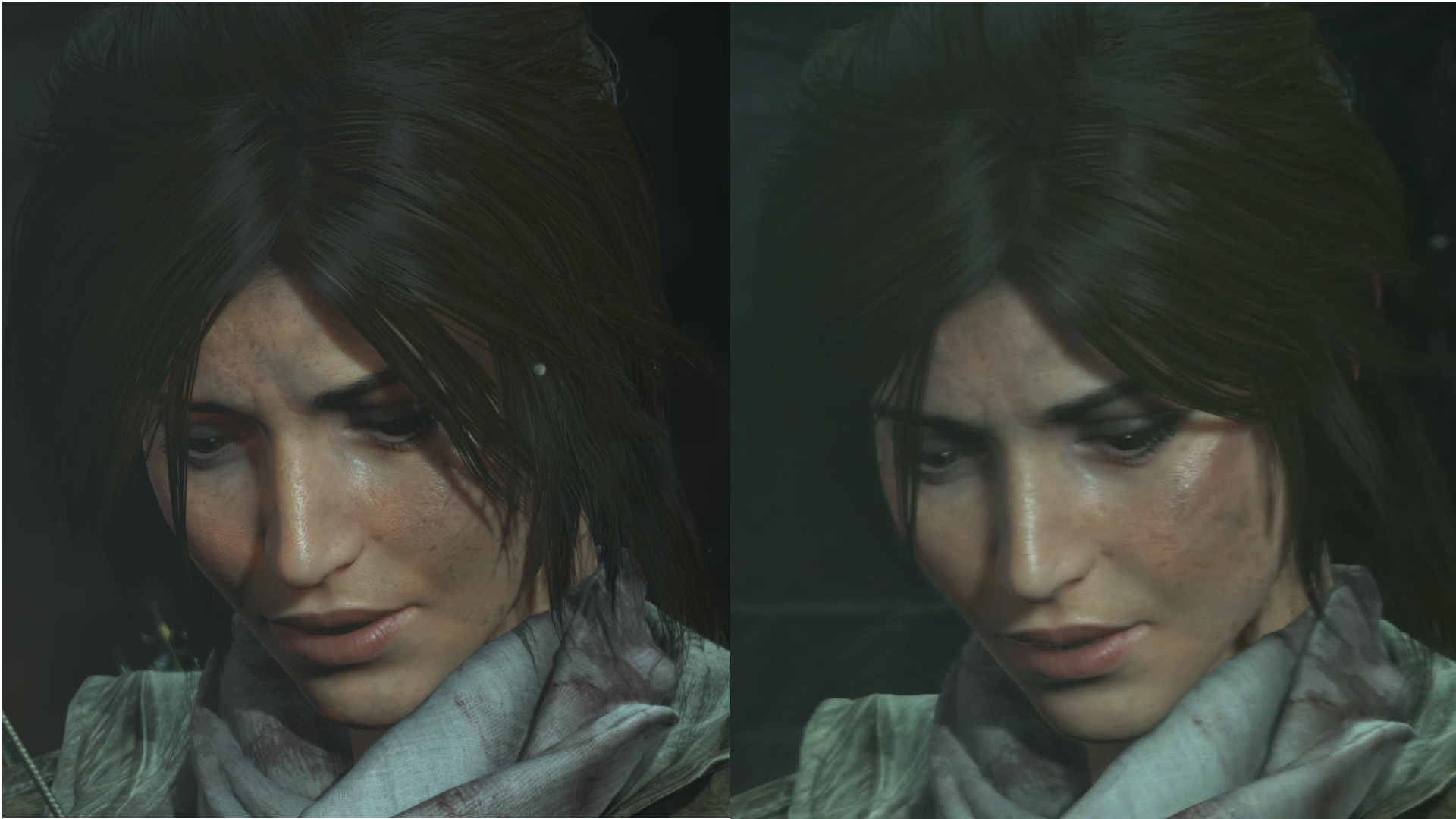blu
Wants the largest console games publisher to avoid Nintendo's platforms.
What I'm saying is what any signal processing theory would tell you. Doing checkered rendering without alternating the fields at the highest frequency possible (i.e. every frame) means your're throwing away a good amount of perfectly viable information, and that is never a good thing in signal processing.But where are you getting that informatoin beyond trying to deduce from what other techniques that are not this one?
What you are saying has a whole lot of implications and assumptions.
Start from '3.1 Reverse Reprojection' and go via '3.4 Cache refresh': http://w3.impa.br/~diego/publications/SchEtAl12.pdf
Nowhere. The hw does not need do much to accelerate this approach, outside of corrections of the partial derivatives for the purposes of correct texture filtering. It's largely software-implemented.Where if anywhere does it say that the hardware unit compares information from previous frames to generate the new one? All I am seeing is that it is a spatial upscale with just a different method (from where the sample patterns come from).






